

29,797 people live in San Carlos, where the median age is 41.6 and the average individual income is $126,389. Data provided by the U.S. Census Bureau.
Total Population
Median Age
Population Density Population Density This is the number of people per square mile in a neighborhood.
Average individual Income
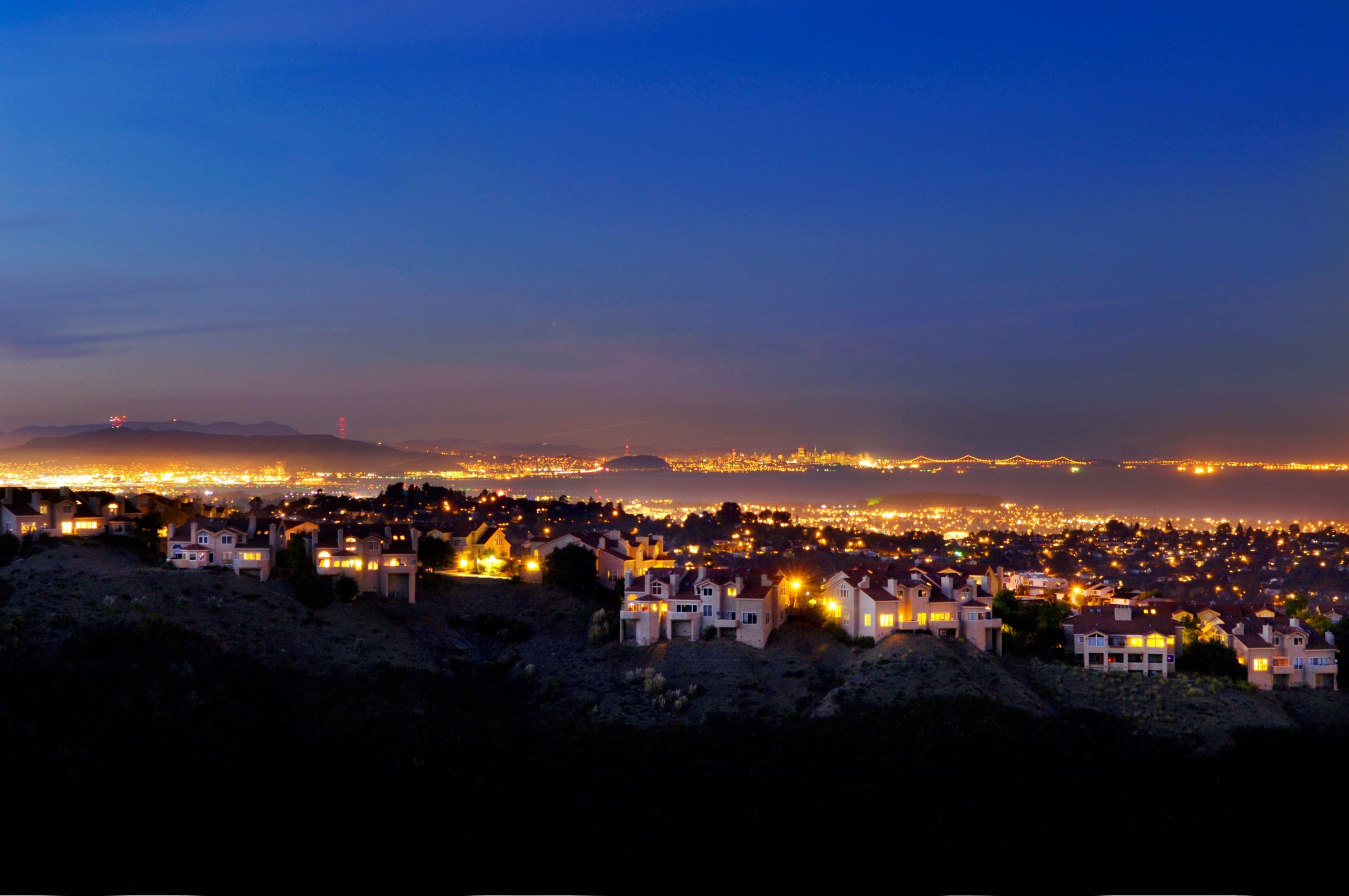
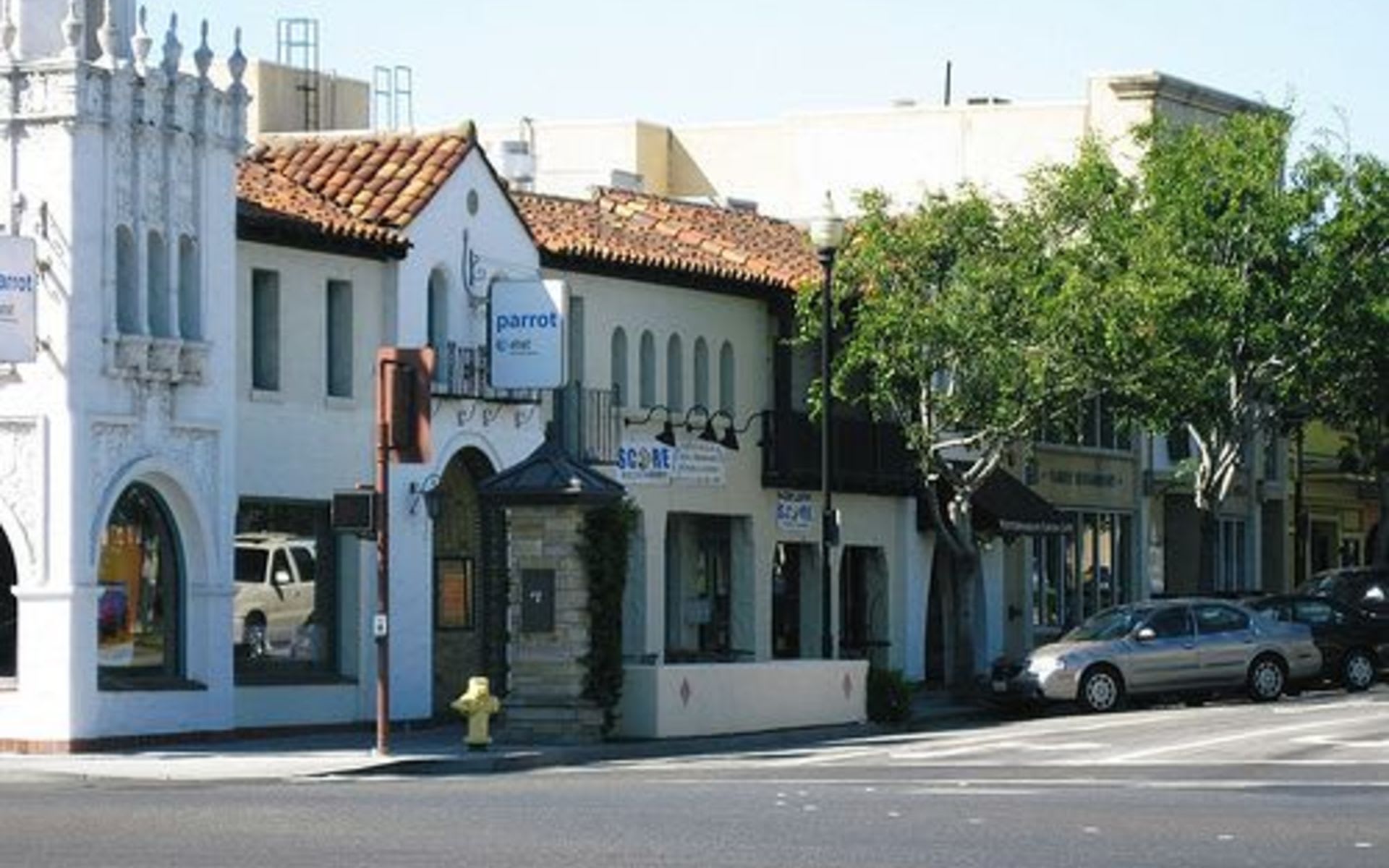
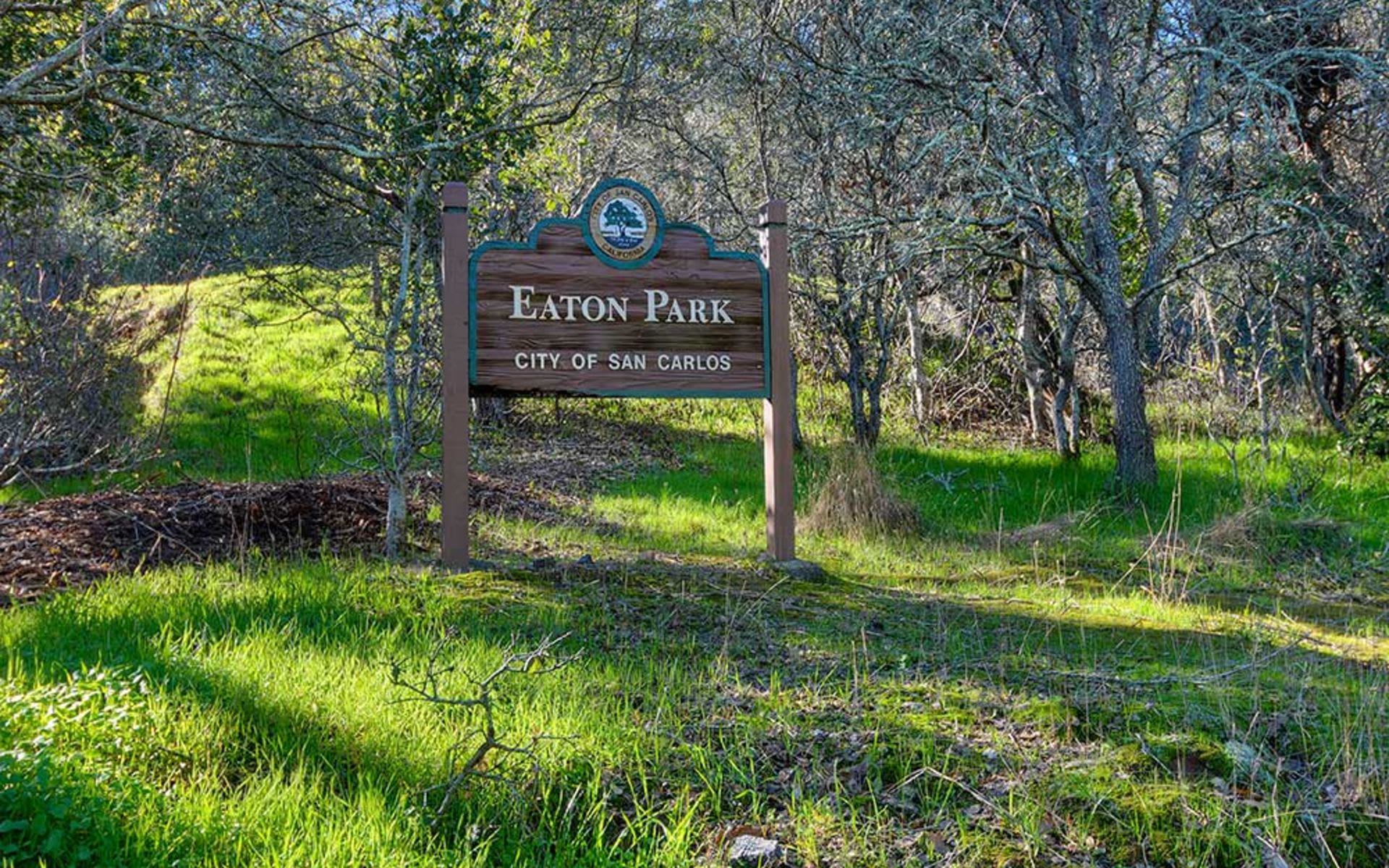
Incorporated in 1925, San Carlos had a population of 28,406 according to the 2010 US Census, which grew to an estimated 30,185 by 2019. San Carlos covers 5.54 square miles of which .05% is water. Combined of hills, flatlands, waterfront, and wonderfully temperate climate, San Carlos’ central location (only 20 miles from SF), and vibrantly thriving downtown area make it an extremely popular city in which live, work, and play along the SF Peninsula. Inhabiting its own municipal airport certainly helps.
Prior to the Spanish arrival in 1769, the land of San Carlos was occupied by a group of Native Americans who called themselves the Lamchins. Many modern scholars consider them to be part of the Ohlone or Costanoan tribes that inhabited the Bay Area. The Lamchins referred to the area of their primary residence- most likely on the north bank of Pulgas Creek- as “Cachanihtac”, which included their word for vermin. The Spanish later translated that as “the fleas”, or “las pulgas”, giving many places and roads in the region their modern names.
Gaspar de Portola’ was the first westerner to reach San Francisco Bay, and while some early historians track his journey from the Pacific Ocean as coming over the San Carlos hills, contemporary researchers believe the “discovery” actually occurred in present-day Belmont. The mission in San Francisco was established, and lands were deeded as large ranchos. The land now occupied by the city of San Carlos was deeded as a single large rancho to Don Jose’ Dario’ Aguello. Originally, they raised cattle and housed crops for sale to locals, but after his death in 1860, the family created what is now known as Ranch de las Pulgas.
Although the port of Redwood City to the south and the town of Belmont to the north were growing quickly in the late 19th century, San Carlos’ growth was much slower. Major portions of land were then purchased by Timothy Guy Phelps, and the Brittan, Hull, and Ralston families. Phelps, a wealthy politician, made an early attempt to further develop the area. He provided significant infrastructure improvements and began promoting lot sales in what he modestly called “The Town of Phelps”. The largely unsuccessful Phelps sales led to a purchase by Nicholas T. Smith’s San Carlos Land Development Company, and the name was eventually changed. The newly named region, though not yet incorporated, received a boost with the construction of the Peninsula Railroad Corridor and station in 1888.
Upon incorporation, the “Father of San Carlos”, Frederick Drake (whom in 1917 purchased 130 acres of San Carlos land in foreclosure), coined the moto “The City of Good Living”. Drake was also one of the key organizers of the nearby Sequoia High School and established the chamber of commerce in 1926.
San Carlos has 11,052 households, with an average household size of 2.68. Data provided by the U.S. Census Bureau. Here’s what the people living in San Carlos do for work — and how long it takes them to get there. Data provided by the U.S. Census Bureau. 29,797 people call San Carlos home. The population density is 5,505.87 and the largest age group is Data provided by the U.S. Census Bureau.
Total Population
Population Density Population Density This is the number of people per square mile in a neighborhood.
Median Age
Men vs Women
Population by Age Group
0-9 Years
10-17 Years
18-24 Years
25-64 Years
65-74 Years
75+ Years
Education Level
Total Households
Average Household Size
Average individual Income
Households with Children
With Children:
Without Children:
Marital Status
Blue vs White Collar Workers
Blue Collar:
White Collar:
There's plenty to do around San Carlos, including shopping, dining, nightlife, parks, and more. Data provided by Walk Score and Yelp.
Explore popular things to do in the area, including Razarun Dresses & Tailoring, The Cage, and Tina's Yoga Play.
| Name | Category | Distance | Reviews |
Ratings by
Yelp
|
|---|---|---|---|---|
| Shopping | 1.59 miles | 16 reviews | 5/5 stars | |
| Active | 1.66 miles | 39 reviews | 5/5 stars | |
| Active | 3.92 miles | 7 reviews | 5/5 stars | |
| Active | 0.99 miles | 7 reviews | 5/5 stars | |
| Active | 1.29 miles | 12 reviews | 5/5 stars | |
| Active | 4.92 miles | 10 reviews | 5/5 stars | |
| Beauty | 2.29 miles | 8 reviews | 5/5 stars | |
| Beauty | 0.95 miles | 53 reviews | 5/5 stars | |
| Beauty | 2.3 miles | 13 reviews | 5/5 stars | |
| Beauty | 3.83 miles | 8 reviews | 5/5 stars | |
| Beauty | 0.74 miles | 10 reviews | 5/5 stars | |
| Beauty | 2.63 miles | 14 reviews | 5/5 stars | |
|
|
||||
|
|
||||
|
|
||||
|
|
||||
|
|
||||
|
|
Discover homes and properties for sale in the area!
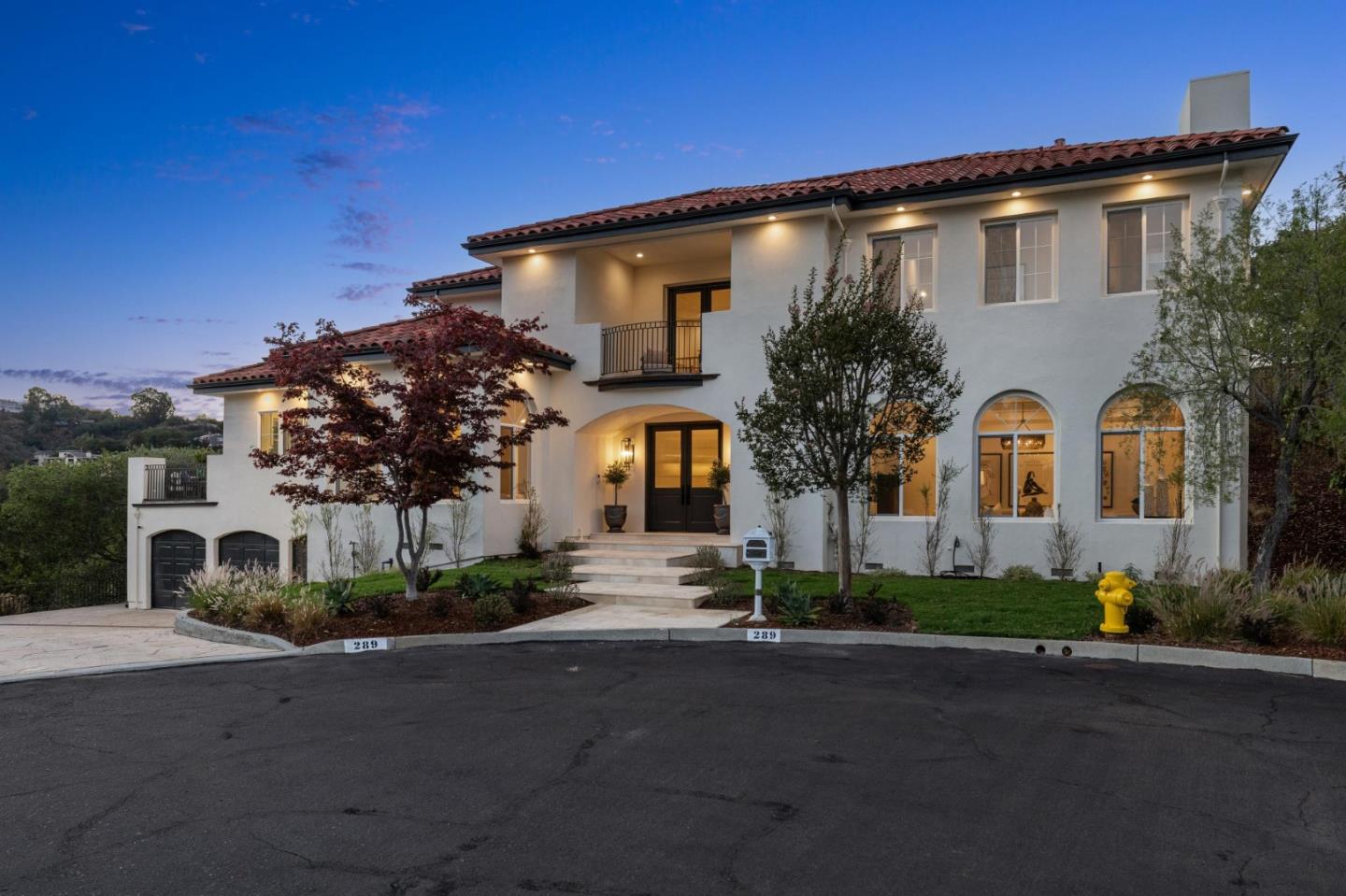
4 Beds | 3.5 Baths | 5,570 Sq.Ft.
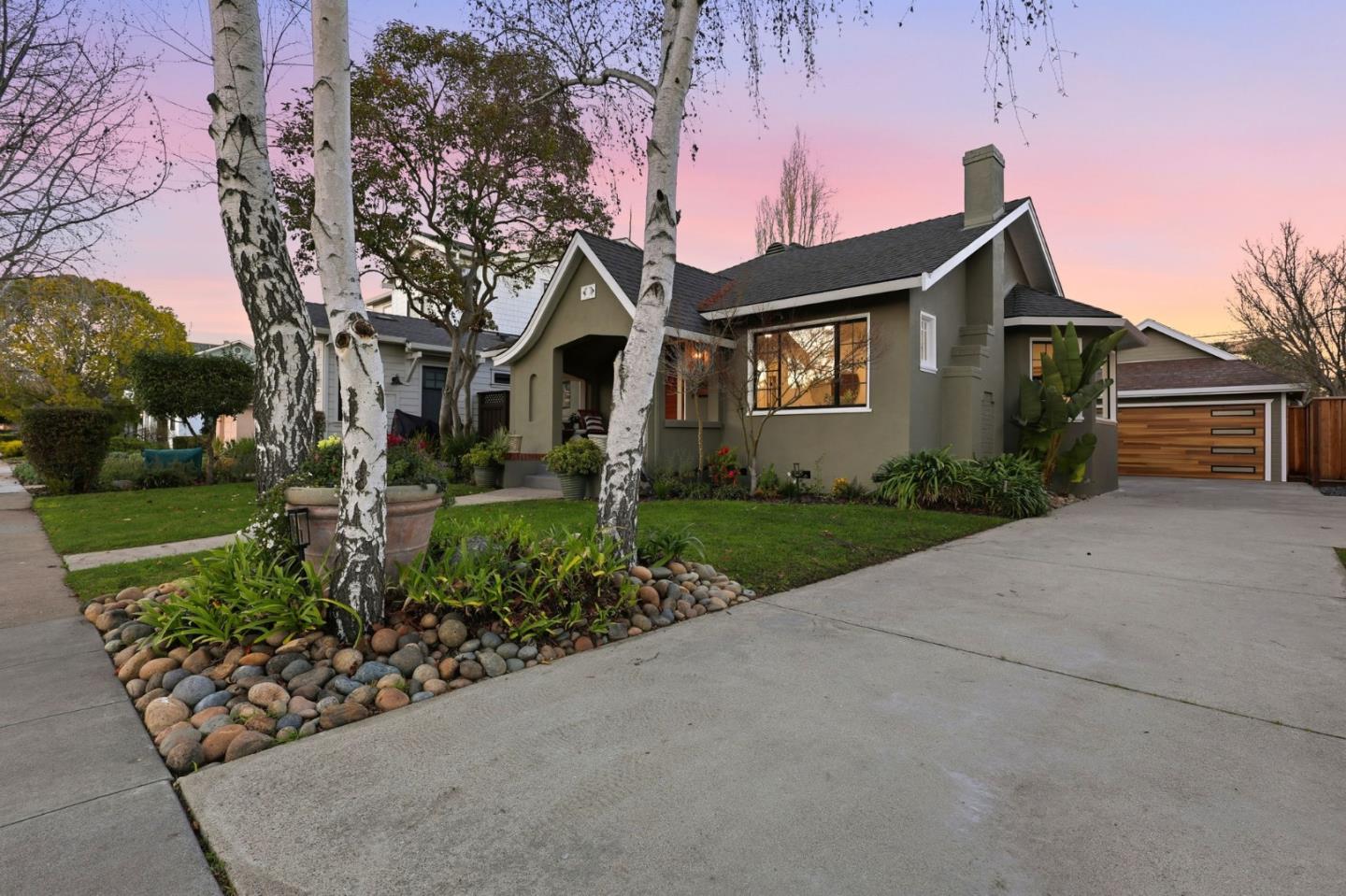
3 Beds | 2.5 Baths | 2,040 Sq.Ft.
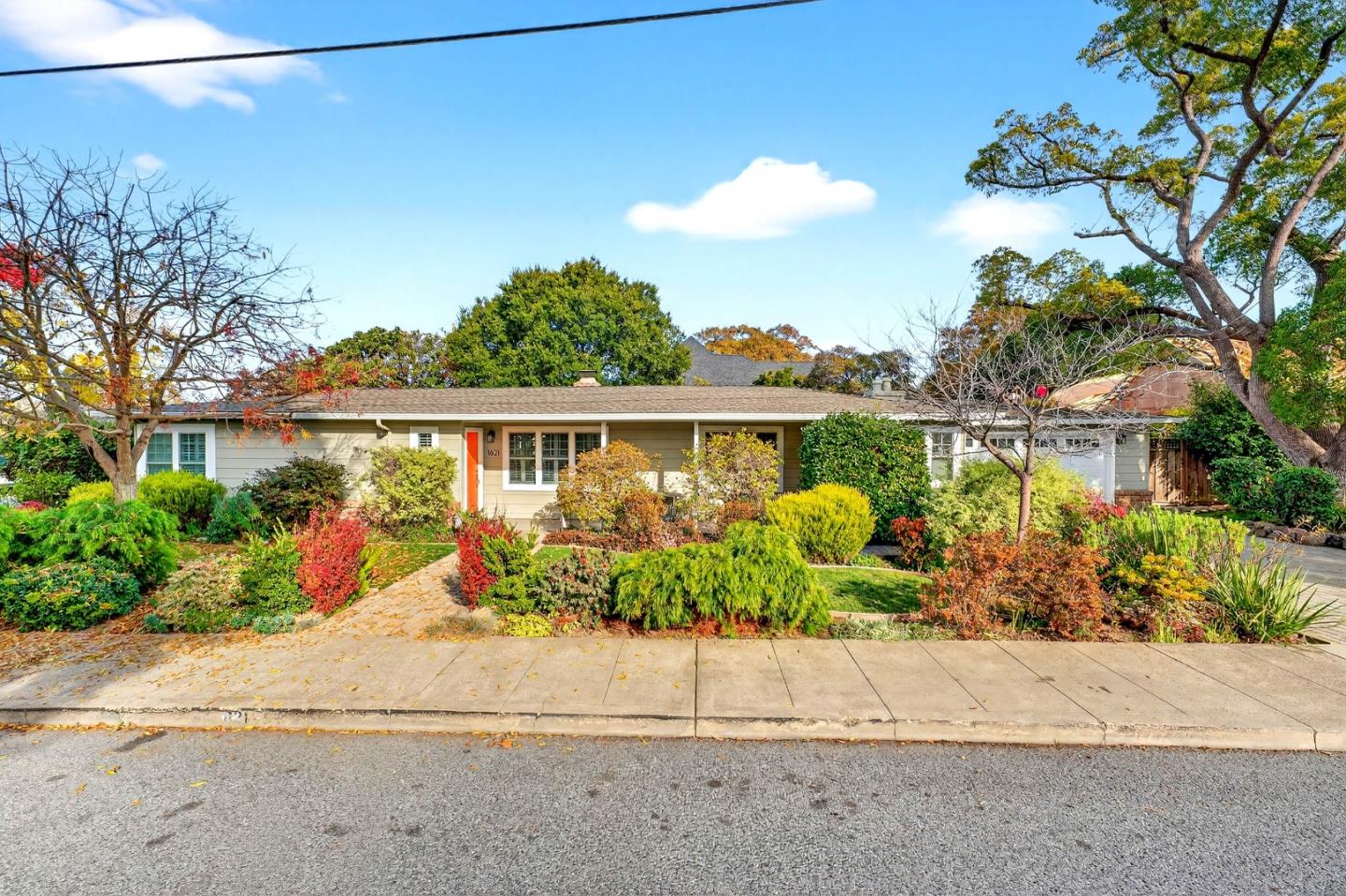
3 Beds | 2.5 Baths | 1,780 Sq.Ft.
Marc has been responsible for more than $900M in transactional and joint venture revenue since he began his real estate career in New York City in 1998. Work-Play-Live-Invest! Contact him today.
Let's Connect